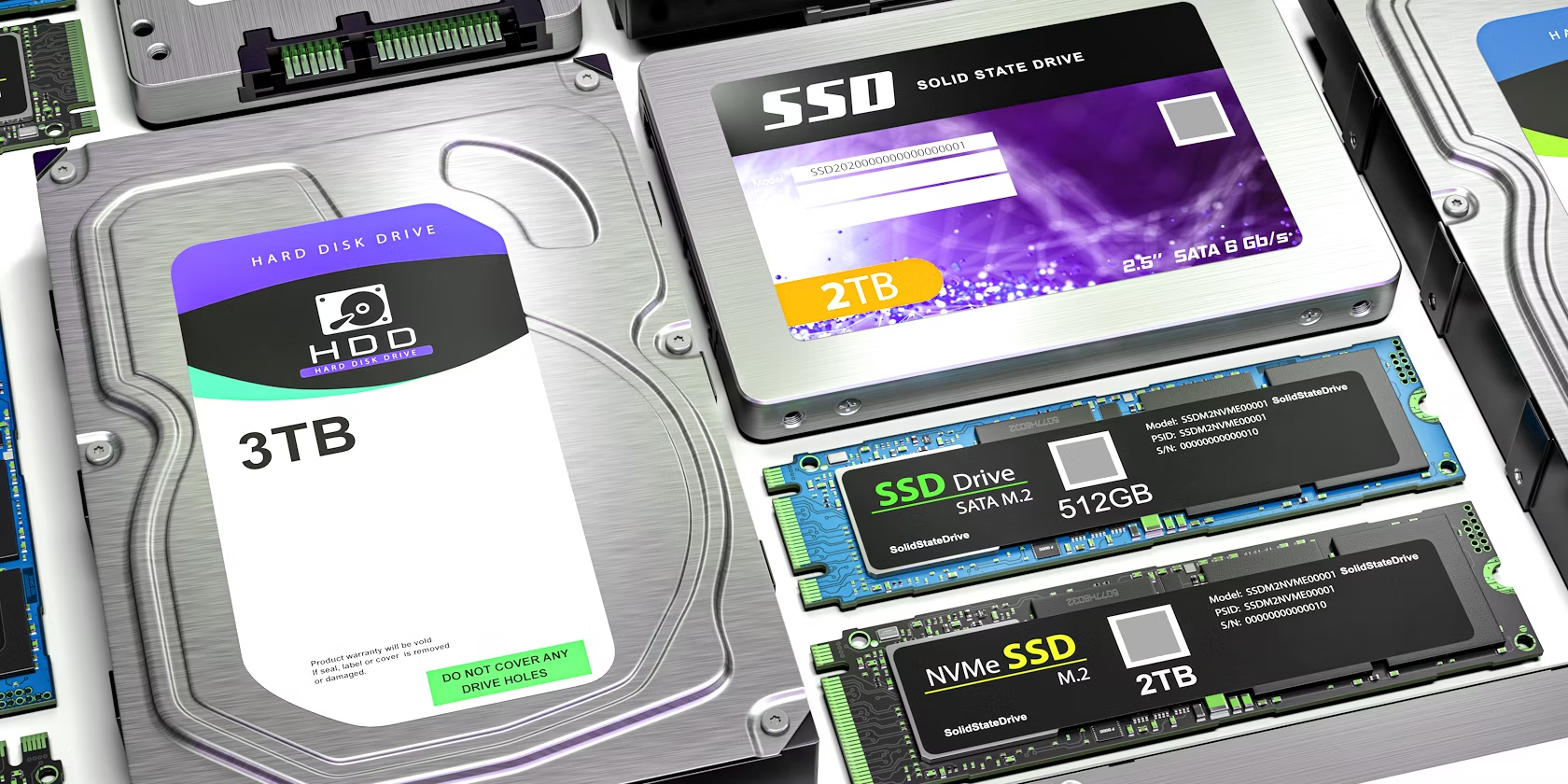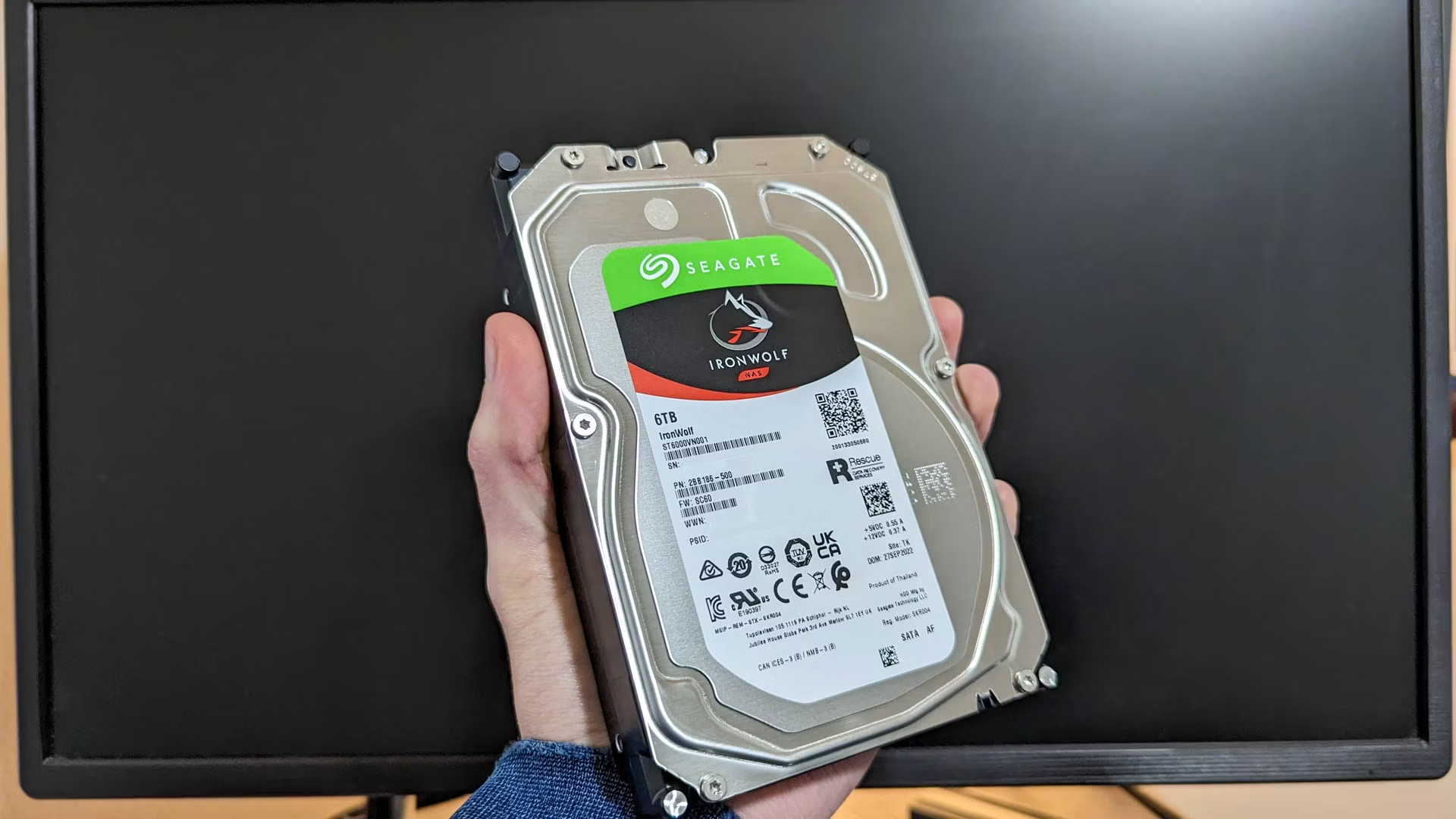In the world of computers, storage drives play a vital role. They hold our precious data, from operating systems and applications to documents, photos, and videos. But just like any other piece of machinery, these drives need maintenance to perform optimally. This is where defragmentation for hard disk drives (HDDs) and TRIM for solid-state drives (SSDs) come into play. But how often does Windows automatically handle these tasks?
Understanding the Difference: HDDs vs. SSDs
Before diving into the specifics of defragmentation and TRIM, let’s clarify the fundamental difference between HDDs and SSDs. HDDs, the traditional workhorses of the past, use spinning platters and a magnetic head to read and write data. Fragmentation occurs when files are saved in scattered pieces across the disk surface. This fragmentation forces the head to jump around, slowing down access times.
SSDs, on the other hand, rely on flash memory chips and offer significantly faster read/write speeds. However, SSDs have a limited number of write cycles, and fragmentation doesn’t affect them in the same way. Here’s where TRIM comes in.

Defragmentation: Reorganizing Your HDD for Speed
Defragmentation is the process of rearranging fragmented files on an HDD so that they are stored contiguously. This reduces the head movement required to access data, leading to faster performance. In Windows, defragmentation is handled by the built-in “Defragment and Optimize Drives” tool.
How Often Does Windows Defragment Automatically?
By default, Windows is set to automatically defragment your HDDs on a weekly basis. However, this schedule can be adjusted to fit your usage patterns. Here’s how to check and modify the settings:
- Search for “Defragment and Optimize Drives” in the Windows search bar.
- Select the desired drive and click “Optimize.”
- In the “Change settings” section, you can choose the optimization frequency (weekly, monthly, or manually) and even schedule a specific time for optimization.
Is Weekly Defragmentation Necessary?
In today’s world, with faster CPUs and larger RAM capacities, the performance gains from defragmentation might be less noticeable for casual users. However, it’s still a good practice to maintain a regular schedule, especially for heavily fragmented drives. Here are some additional points to consider:
- Fragmentation is more likely to occur: If you frequently save and delete large files, fragmentation can happen more often.
- Modern HDDs are more resilient: Newer HDDs are better at handling fragmentation compared to their older counterparts.
- Solid-state hybrid drives (SSHDs): These combine HDD and SSD technologies. Windows automatically detects and optimizes them appropriately.

TRIM: Keeping Your SSD Healthy
TRIM is a special command used with SSDs. When you delete a file, it’s not immediately erased from the drive. Instead, the SSD marks the occupied space as free for future use. However, this can prevent the SSD from performing garbage collection, a process that cleans up unused data and maintains optimal performance.
How Often Does Windows Perform TRIM Automatically?
Unlike defragmentation, there isn’t a specific schedule for TRIM in Windows. However, the operating system communicates with the SSD and issues TRIM commands as needed. This typically happens during periods of inactivity when the drive isn’t actively being used.
Why Doesn’t Windows Have a Set Schedule for TRIM?
SSDs manage their internal operations quite efficiently, and manual user intervention with TRIM is generally unnecessary. Additionally, excessive TRIM commands can actually wear down the SSD’s lifespan. Windows relies on the SSD’s built-in wear-leveling mechanisms to ensure optimal performance and longevity.

Taking Control: Optimizing Your Storage
While Windows handles defragmentation and TRIM automatically, some users prefer to take more control. Here are some additional tips:
- Manually Defragmenting: You can manually run defragmentation through the “Defragment and Optimize Drives” tool. However, for most users, relying on the automatic schedule is sufficient.
- Monitoring SSD Health: Consider using tools provided by your SSD manufacturer to monitor its health and performance. These tools might offer additional insights into the drive’s internal operations.
- Keeping Free Space: Maintaining a healthy amount of free space (around 20-25%) on your SSD allows it to perform garbage collection more effectively.

Monitoring fragmentation and SSD health
Your computer’s storage drives are workhorses, silently holding your data. But just like any machine, they need maintenance. This article dives into how Windows handles defragmentation for traditional hard disk drives (HDDs) and TRIM for modern solid-state drives (SSDs), plus tips for monitoring their health.
Fragmentation and Defragmentation: Keeping HDDs Speedy
Fragmentation occurs on HDDs when files get scattered across the disk surface. This forces the drive head to jump around, slowing things down. Defragmentation rearranges fragmented files for faster access. Windows automatically defrags your HDDs, but you can adjust the schedule to your needs.
Should You Defragment Often?
Modern computers might not see huge performance boosts from defragmentation, but it’s still a good practice, especially for heavily fragmented drives or frequent file operations.
TRIM: Keeping Your SSD in Top Shape
SSDs use flash memory and don’t suffer from fragmentation. However, they rely on TRIM, a command that tells the drive to prepare unused data for deletion. This helps maintain optimal performance.
Windows and TRIM: A Hands-Off Approach
Unlike defragmentation, Windows doesn’t have a set schedule for TRIM. Modern SSDs manage TRIM internally, and excessive commands can actually shorten lifespan. Windows trusts the SSD’s mechanisms for optimal performance and longevity.
Taking Charge of Your Storage
While Windows handles defragmentation and TRIM automatically, you can take control:
- Manually Defragment: You can run defragmentation yourself, but for most users, the automatic schedule is sufficient.
- Monitor SSD Health: Use manufacturer tools to monitor your SSD’s health and performance.
- Free Up Space: Keeping some free space on your SSD allows it to perform garbage collection efficiently, another way to maintain performance.
By understanding fragmentation and TRIM, you can ensure your drives perform at their best. This knowledge, combined with the ability to adjust settings and monitor health, empowers you to optimize your storage experience.

By understanding the differences between HDDs and SSDs, and how Windows handles defragmentation and TRIM, you can ensure your drives operate at peak performance. While automatic scheduling is convenient, knowing how to adjust settings and monitor drive health empowers you to optimize your storage experience.


